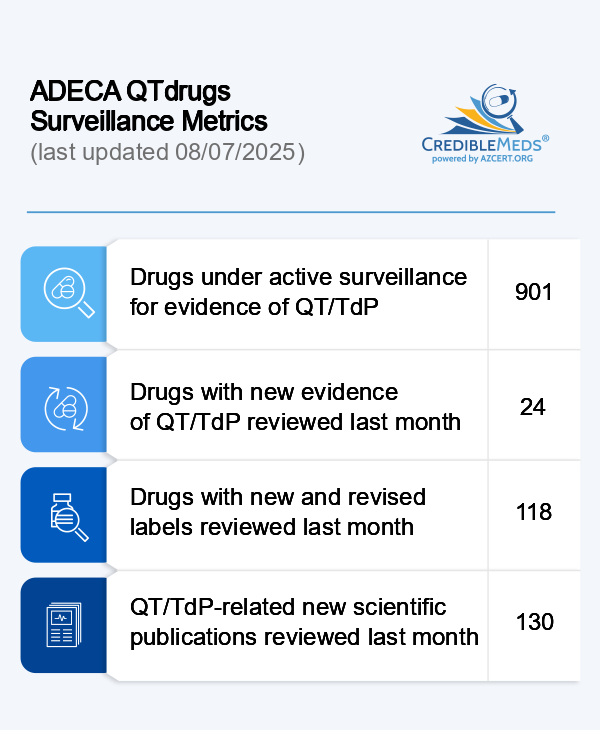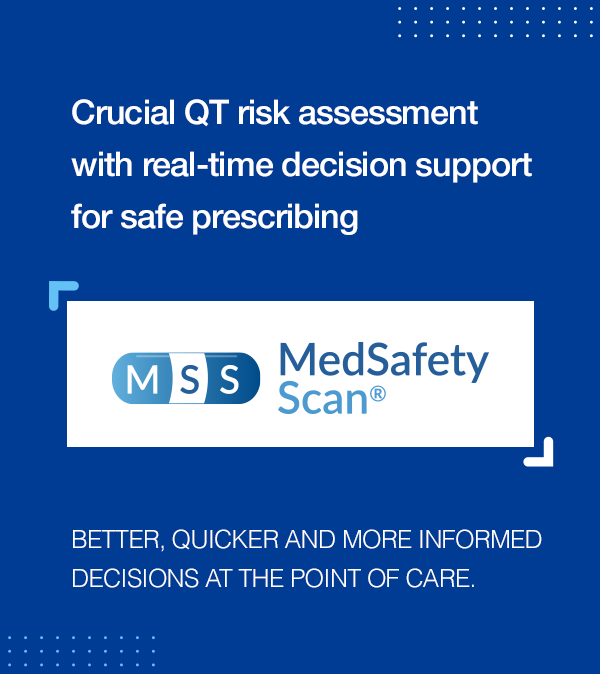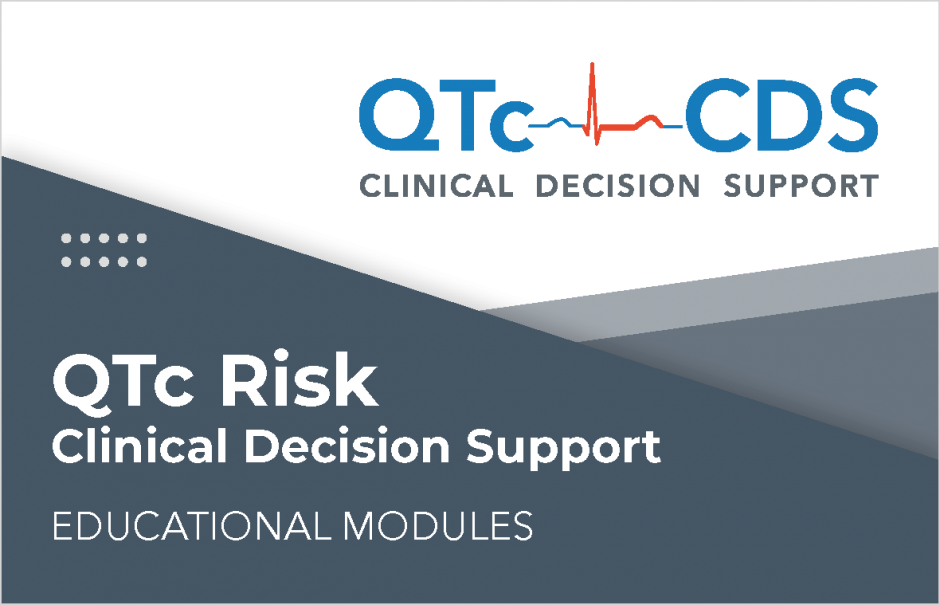New Icons for QT/TdP Risk Categories
For over two decades, the CredibleMeds website has maintained and made available two very popular resources that have been widely recognized for their value to patients, healthcare providers and researchers. The QTdrugs list is regularly used in clinical practice and clinical research to identify those medications that have some risk of QT prolongation and/or Torsades de Pointes (TdP). The other resource that is highly valued by many patients and their family members is the list known as Drugs to Avoid by Patients with Congenital Long QT Syndrome (DTA List). To create and maintain these lists, the AZCERT Scientific Review Committee analyzes relevant data each month for hundreds of drugs and assigns drugs to risk categories based on a complex and systematic process, i.e. the Adverse Drug Event Causality Analysis (ADECA).1 Optimal use of these Lists requires a full understanding of the criteria that define the QT/TdP risk categories to which drugs are assigned:
The QTdrugs List: This List includes all drugs that have some risk of QT prolongation and/or TdP. Importantly, the drugs in this List are in three categories based on the strength and type of evidence that is available (categories defined below).
Known Risk of TdP (KR) Possible Risk of TdP (PR) Conditional Risk of TdP (CR)
The List of Drugs to Avoid by Patients with Congenital Long QT Syndrome (cLQTS): This List was created to provide cLQTS patients and their family members with a comprehensive resource to help them identify those medicines which could exacerbate the risk of TdP for a cLQTS patient. It includes all of the drugs in the QTdrugs List PLUS additional non-QT-prolonging drugs that have Special Risk (SR) to cLQTS patients because of their adrenergic effects on the heart.
New icons to convey different categories of risk
To aid in the review and use of these lists, the CredibleMeds website employs specific icons for the risk categories and the drugs that are on the List of Drugs to Avoid by cLQTS patients. To facilitate recognition of each drug’s risk category, the icon’s were recently changed to the following:



Drugs to Avoid in Congenital Long QT Syndrome

We hope these new icons are helpful and we welcome suggestions for how the CredibleMeds website and its content can better serve your needs.
Raymond L. Woosley, MD, PhD
AZCERT
Reference List
1. Woosley RL, Romero K, Heise CW, et al. Adverse Drug Event Causality Analysis (ADECA): A Process for Evaluating Evidence and Assigning Drugs to Risk Categories for Sudden Death. Drug Saf 2017;40:465-74.











